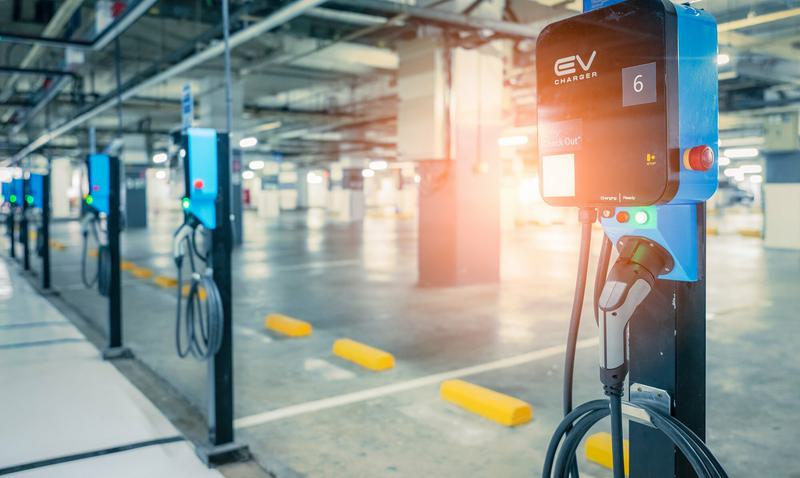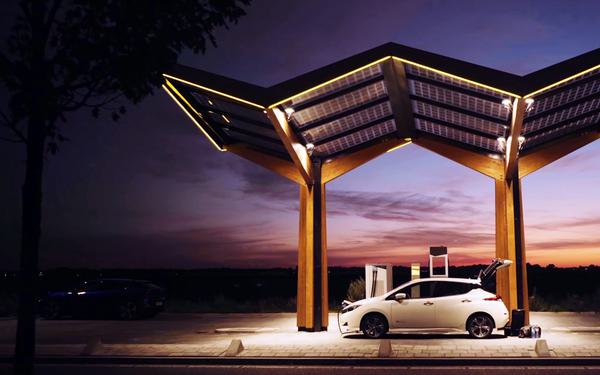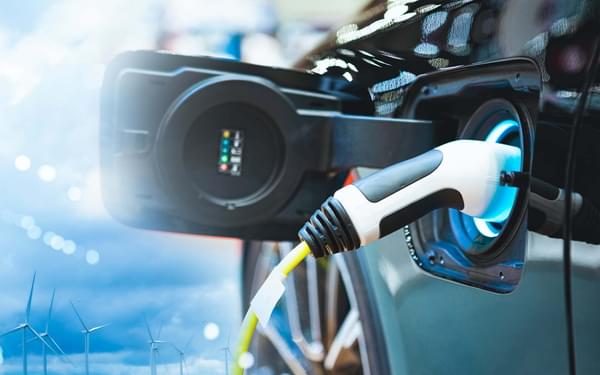StratEV®
What does the ‘right’ provision of EV charging infrastructure look like? Whether funding investment, operating the tech or rolling out EV charging strategies, StratEV® delivers an evidence-based solution.

The nature of this fast-emerging market has meant that until now, decisions that may be worth £millions have been made without real insights, leading to unnecessary risk and expense.
To address this evidence gap, we have developed StratEV®.
StratEV® is the only modelling tool of its kind and works by drawing together data regarding usage, power demand, power generation, battery storage and revenue, enabling EV charging developers to provide the most efficient solutions in terms of reducing cost and maximising future utilisation.
From single sites to global portfolios, StratEV® considers granular detail that can be modelled for sites of any scale. It provides the key metrics needed within the business cases of charging providers, energy companies, asset managers and investors.
StratEV® is helping our clients to:
- Determine how many chargers are needed, where, and when – managing investment in line with predicted use over time
- Predict day-one and future charging usage as EV uptake evolves
- Assess power consumption and consequential availability
- Optimise energy usage alongside other on-site demand, including suggestions for co-located energy generation / storage
- Determine optimal mix of renewable energy generation, battery storage, and smart charging to manage grid connection constraints
- Review revenue scenarios and ROI
- Evidence proposed levels of provision (considering local policy requirements)
- Future proof car-parking (on- and off-street)
- Step away from crude prediction techniques
Avoid over-specifying and over-spending
Unlike basic approaches to specifying power connections for charging infrastructure, StratEV® combines electrical engineering inputs with Hydrock’s transport modelling expertise, providing a critical grain of detail regarding where EV charging users originate, their destinations, fleet composition and likely level of charge on arrival/departure. These details are fundamental to the optimisation of EV charging provision, avoidance of abortive costs as EV infrastructure rolls-out internationally, and cannot be provided using other methods.
We also model the distribution of vehicle charging speeds in the area, enabling us to predict the power draw on the local grid during the busiest periods. Predicting this can identify where curtailment will occur (a reduction in charging speed during the busiest periods), and whether smart energy solutions (on- or off-site) could reduce the draw on the local power network.















